If you’re struggling with acne, you’re not alone. In fact, acne affects an estimated 85% of people around the world at some point in their lives.
The good news is, if you have acne, you’ve clicked on the BEST blog post you could possibly find. We’re going to walk you through everything you can do to treat acne, from lifestyle and over-the-counter options, all the way through to prescription creams and even tablets.
Now, that’s a lot of information to get through. But seriously, we think this blog post is the most comprehensive guide to acne treatment that exists on the internet. Be sure to stick around all the way to the end, where we give you our specific recommendations on what YOU should use.
What Is Acne?
To understand acne treatments, you need to have at least a basic understanding of what acne is. But this blog post isn’t a detailed explainer about acne, so we’re going to keep this part super brief.
Your skin has oil glands, and the highest concentration of these are on the face, chest, shoulders, and back. These “sebaceous glands,” as they’re known, secrete oil onto the base of hair shafts, and this oil then travels all the way to the surface of the skin. The purpose of this is to ensure that your skin remains hydrated and that the skin barrier remains intact.
However, acne occurs when there is a blockage in that hair shaft, leading to a buildup of oil and fatty acids underneath the surface of the skin. Now, if the top of that blockage is closed, you get what is known as a “closed comedone,” or a whitehead. But if the blockage is open to the air, those oily secretions become oxidized in a reaction with the air, turning dark and giving you blackheads.
Once you have this blockage underneath the surface of the skin, a specific bacteria known as Propionobacterium acnes gets involved and causes a lot of inflammation. If that inflammation is severe and happens at a deeper level, it can result in nodular and cystic acne, not just whiteheads and blackheads. If these cysts rupture, long-term scarring and pigmentation can occur.
The Acne Pathway
So, in summary, the pathway is as follows: oil glands secrete an oily substance, a blockage forms in the hair shaft, bacteria gets involved and multiplies, and inflammation occurs. We will keep referring back to this pathway throughout this blog post so you know exactly where each treatment takes effect.
Lifestyle Interventions
Let’s start with lifestyle changes, and we’re intentionally focusing on this first because, too often, medical doctors jump straight to prescriptions rather than addressing lifestyle interventions that can help.
1. Diet
Let’s start with diet. There are certain foods that have a clear connection with causing acne flares. These include whey protein, skimmed milk, and concentrated sugars. Beyond this, even if there’s no clear scientific proof of certain foods causing acne flares, you probably know for a fact there are certain types of foods that, even if you just think about them, you get an acne breakout.
2. Stress
When it comes to lifestyle, stress worsens every kind of skin care condition, whether that’s eczema, psoriasis, or, in this case, acne. This is why you tend to have acne flares around exam times, when you’re traveling internationally, or when you have a wedding day coming up, and a gigantic spot appears at the worst possible moment.
3. Smoking
Now, we don’t actually know why smoking increases acne severity, but it does seem to. The best theory at the moment is that it has an impact on the type of oil your skin produces, making it slightly more sticky.
4. Poor Sleep
Increasingly, we’re starting to become aware of the fact that poor sleep increases the amount of stress hormones in your body, and that worsens acne.
With all that being said, the lifestyle interventions you can implement to improve your acne include:
- Avoiding those foods we talked about.
- Not smoking.
- Ensuring you’re getting a good night’s sleep.
- Reducing your stress levels.
We are aware that it’s not really helpful just telling you to stress less. But, just so you know, stress does worsen acne.
Over-The-Counter Treatments
Now, let’s talk about over-the-counter treatments. There are truly tens of different creams available over the counter targeting acne. Rather than focus on specific brands, because there’s so much variation worldwide, we’re going to talk about ingredients. There’s really only a handful that have compelling evidence of being helpful.
Salicylic Acid
This is truly one of the best ingredient for acne treatment. Who amongst us went through our teenage years without at some point trying that orange Neutrogena face wash? Salicylic acid is also in a ton of other cleansers and creams, and it belongs to an overall category of ingredients known as BHAs (beta hydroxy acids). It works by softening keratin, which is the main protein in skin cells, and it can also dissolve sebum, an oily secretion on the skin. Think of blocked pores like blocked drains, and salicylic acid as the drain buster that slowly dissolves the gunk to prevent inflammation.
Benzoyl Peroxide
This works in three main ways:
- First, it directly kills P. acnes, the acne-causing bacteria. Reducing P. acnes on the skin means less of it around to cause inflammation and acne flares.
- Second, benzoyl peroxide has exfoliating qualities similar to salicylic acid.
- Finally, it can directly reduce inflammation.
This is why it’s also really popular as a spot treatment, because it can turn down the volume on those angry red bumps. But be warned, this ingredient can feel very harsh on the skin. Over-the-counter options of benzoyl peroxide come in 2.5%, 5%, and 10%, but we would never recommend using 10% on the face.
Retinoids
Next, let’s move on to retinoids. Retinoids are a family of vitamin A-related chemicals, and they are the single best ingredient in the entire world of skincare. They have a bunch of different benefits, including anti-pigmentation, anti-aging, and even anti-cancer, but for the sake of this blog post, we’re going to focus on their anti-acne effects.
Within the family of retinoids, there are over-the-counter and prescription options. The over-the-counter options contain retinyl esters, retinol, retinaldehyde, or adapalene. Just because they’re not prescription strength doesn’t mean these ingredients don’t work. In fact, we always tell people that if you’ve never used a retinoid before, you should start with an over-the-counter option. Going straight to prescription strength, like tretinoin, carries a higher risk of side effects.
Retinoids work across the entire acne pathway. They reduce the size of your oil glands, make sure the oil secretions are less thick and sticky, exfoliate to prevent blocked pores, kill P. acnes (the bacteria that causes acne), and they are directly anti-inflammatory. What more could you want? The main issue with topical retinoids is that they can feel harsh on your skin, especially when you first start using them.
We have a whole blog post specifically talking about the best way to start using retinoids.
AHAs (Alpha Hydroxy Acids)
These include glycolic acid, lactic acid, and mandelic acid, which are gentle exfoliants that help unblock pores.
Azelaic Acid
This ingredient kills bacteria, is anti-inflammatory, and also exfoliates.
Niacinamide
This reduces the amount of oil secretion from sebaceous glands and is anti-inflammatory.
Prescription Treatments for Severe Acne
Sometimes, no matter how perfect your over-the-counter skincare routine or lifestyle interventions are, your acne will be too severe, and you’ll need prescription treatments. Why is that? Well, genetics play a major role in determining not only how many oil glands you have but also their activity and the type and stickiness of the oil you secrete. There’s no shame in needing to see a doctor for your acne; it doesn’t mean you’re doing anything wrong, and it’s way better to seek help early.
So, what prescription options do we have to help with acne?
Clindamycin
This is a slightly more heavy-duty antibiotic that targets P. acnes and can be used alongside benzoyl peroxide.
Prescription Retinoids
These include tretinoin in various concentrations, as well as tazarotene. All the benefits we mentioned for over-the-counter retinoids apply here, but with a higher concentration. This means the anti-acne effect is stronger, but the potential side effects, like flaking and inflammation, can also be worse. Be sure to use a tiny amount, and maybe apply it every other night for a few weeks until you can aim for nightly use.
Azelaic Acid
Prescription concentrations of azelaic acid are available in 15% and 20%, while over-the-counter options are usually limited to 10%.
Epiduo
Prescription creams can sometimes combine multiple ingredients for a more targeted approach, offering a comprehensive solution for severe acne cases. A great example of a combination prescription cream is Epiduo, which combines adapalene and benzoyl peroxide. This makes it easier to use both ingredients in your regular skincare routine.
Benzaclin
Then there’s also Benzaclin, a combination of benzoyl peroxide and clindamycin.
Aczone
Finally, we have some newer prescription creams such as Aczone, which is topical dapsone. Aczone is anti-inflammatory and has an antibacterial effect.
Winlevi
Even more recently, there’s Winlevi, which specifically targets the hormone receptors on your oil glands. It’s a great option for people with hormonal acne.
Prescription Oral Medications
Now that we’ve covered prescription creams, let’s move on to prescription oral tablets. There are three main options for these:
Doxycycline
The most popular option here is doxycycline, which is an antibiotic. To help you understand how it works, think of clindamycin and benzoyl peroxide as targeting bacteria on the surface of your skin—kind of like shooting arrows at it. In contrast, taking doxycycline as a tablet is like blowing up dynamite under the surface. It’s far more effective at reducing the amount and activity of P. acnes, making it excellent at reducing acne severity. Doxycycline is also anti-inflammatory, aside from its antibacterial effects, so it can give amazing results while you’re taking it.
However, because of the side effects of long-term oral antibiotics, including impacts on gut bacteria, doxycycline can only be taken for around three months. Though very effective while you’re using it, there’s no long-term benefit once you stop taking the medication.
Hormonal Treatments
The second option includes hormonal treatments, such as oral contraceptive pills, which reduce hormone surges in your body, and spironolactone, which blocks the hormone receptors on sebaceous glands. This means that no matter what’s happening with hormone levels in your body, it won’t communicate through to your skin.
Androgen hormones, like testosterone, usually attach to specific receptors on sebaceous glands, telling them to produce more oil and thicker, stickier oil. As you can imagine, this dramatically increases your chances of getting blockages in your pores, leading to severe acne. This is why acne is often at its worst during puberty, a time when androgens are surging.
It’s important to note that both of these hormonal treatments are generally only an option for biological females, as they can cause unwanted side effects in biological males.
As always, you should discuss all treatment options with your doctor. This post is purely educational and not intended as medical advice.
Isotretinoin a.k.a Accutane
Let’s move on to oral medication option number three, which is Accutane. This is the big one—the nuclear weapon in the fight against acne, the treatment to end all acne treatments. It’s also the treatment that has the worst reputation when it comes to social media users.
Accutane, also called isotretinoin, is part of the retinoid family we discussed earlier. But unlike a topical cream that’s applied directly to the skin, isotretinoin is taken as a tablet, which means it’s absorbed throughout the body. The upside of this is that isotretinoin is by far the strongest and most effective treatment for reducing acne severity. It permanently reduces the size and activity of oil glands.
Once you complete your roughly five-month course of taking the tablet daily, your acne will be improved for life. Most people who take isotretinoin will never need more than one course in their entire lives.
However, the downside of it being absorbed as a tablet is that it can cause side effects, such as impacting your cholesterol, liver, and other parts of your body. We will do a full blog post in the future focusing on all of Accutane’s benefits and side effects, looking at the clinical trial data.
For now, just know that it’s the “end game” of acne treatments, offering potentially incredible results but with the risk of side effects, which means it requires a lot of blood work.
For biological females, due to the potential danger to developing babies, you need to come in every month for a pregnancy test. This process can be a bit of a logistical nightmare during the five months of treatment.
What Should You Do?
We’ve covered every acne treatment worth knowing. So, here’s what you should do depending on the severity of your acne:
For Whiteheads, Blackheads, and Slightly Oily Skin
Use a salicylic acid-based cleanser in the morning and an over-the-counter retinoid product at night. It’s also a good idea to keep a benzoyl peroxide spot treatment handy for any angry bumps that might pop up. After two months of this regimen, you’ll likely have your acne under control if it’s mild.
If Acne Persists or If You Have Deep Acne with Pigmentation or Mild Scarring
You should really see a dermatologist to discuss prescription options. They’ll likely prescribe an antibiotic cream in the morning and a prescription retinoid at bedtime.
For Severe Cystic or Scarring Acne
Visit your dermatologist. They will likely prescribe oral medications, whether that’s a short-term course of oral antibiotics, hormonal targeting treatment, or Accutane, depending on the severity of your acne.
Important Advice: Don’t Rely on Over-The-Counter Solutions for Severe Acne
Our most important piece of advice is this: If you have severe acne, please don’t waste time trying 50 different over-the-counter creams. Even the world’s best over-the-counter cream won’t be enough for everyone. You need to see a dermatologist and get a prescription-strength option. Don’t blame yourself for not changing your pillow enough or think that just one more juice cleanse is going to take you from severe cystic acne to clear skin. It’s not. Every month you wait increases your chances of developing pigmentation and scarring, which are much harder to treat than they are to prevent.
On that note, if you already have acne scarring, check out our blog post on that topic. Otherwise, thank you so much for sticking with us to the end, and we’ll see you in the next post!
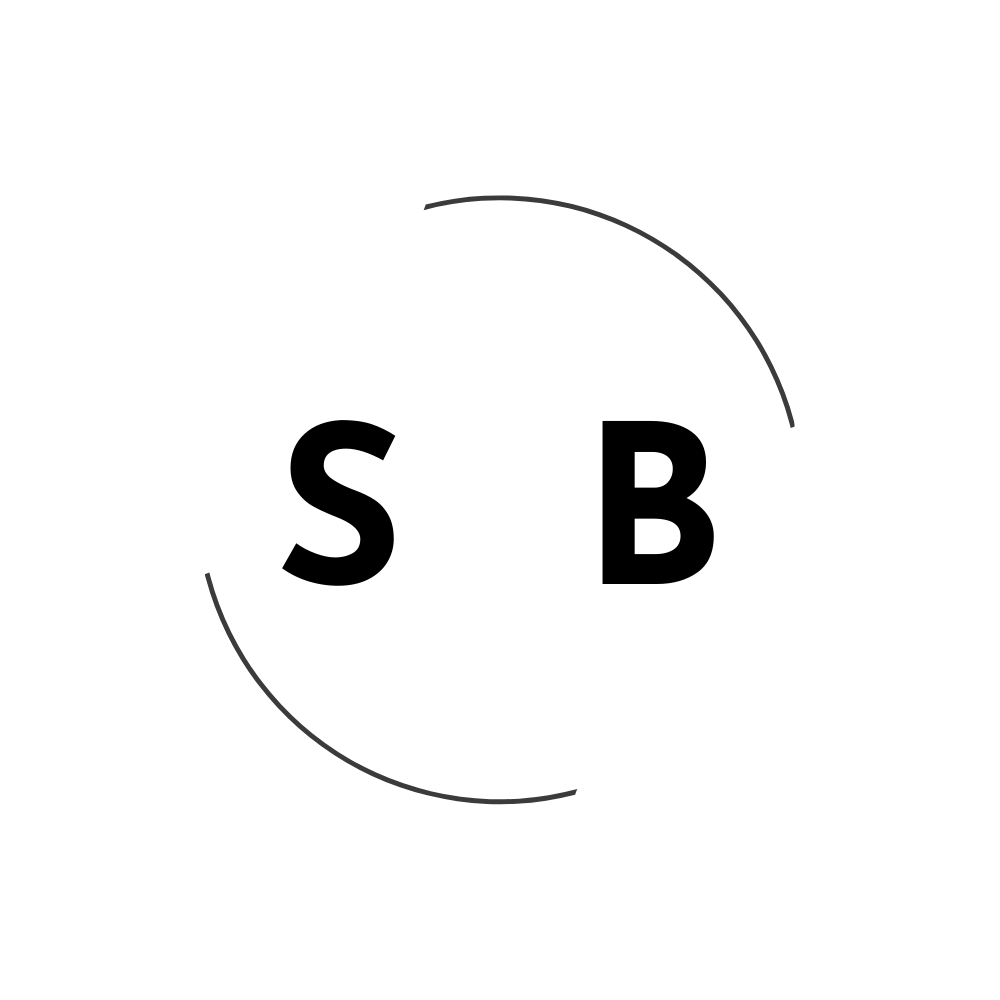
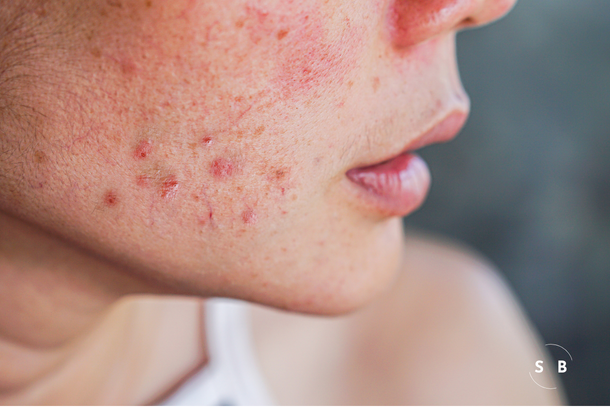

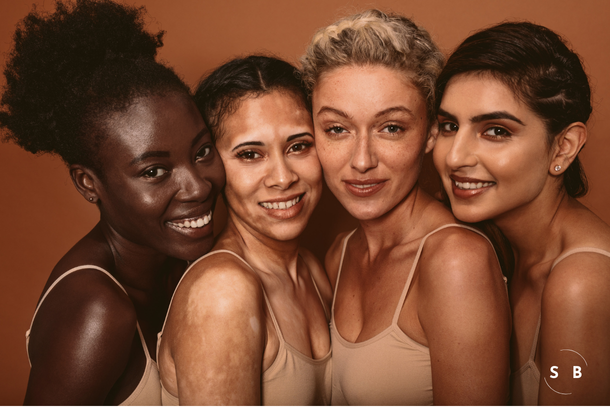
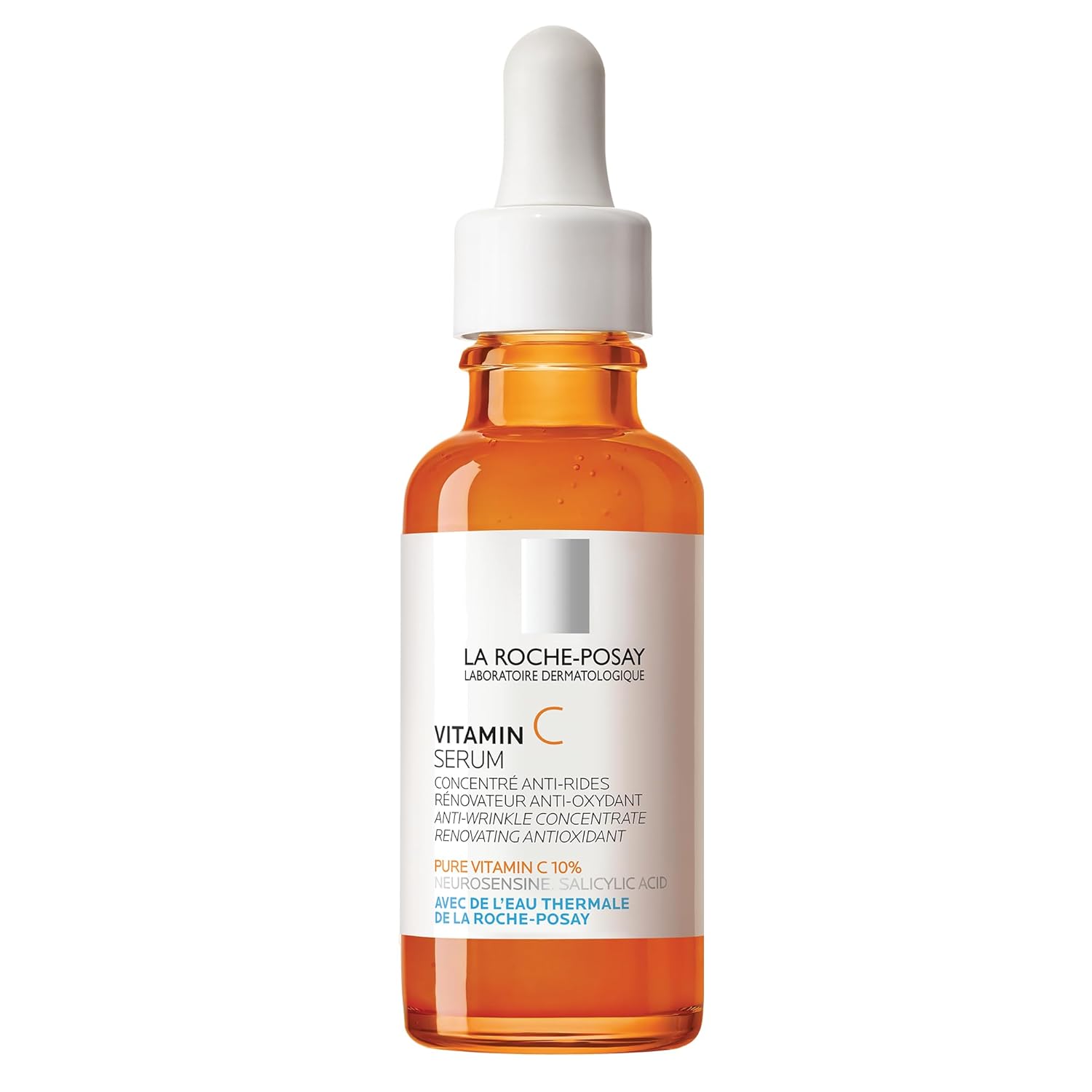
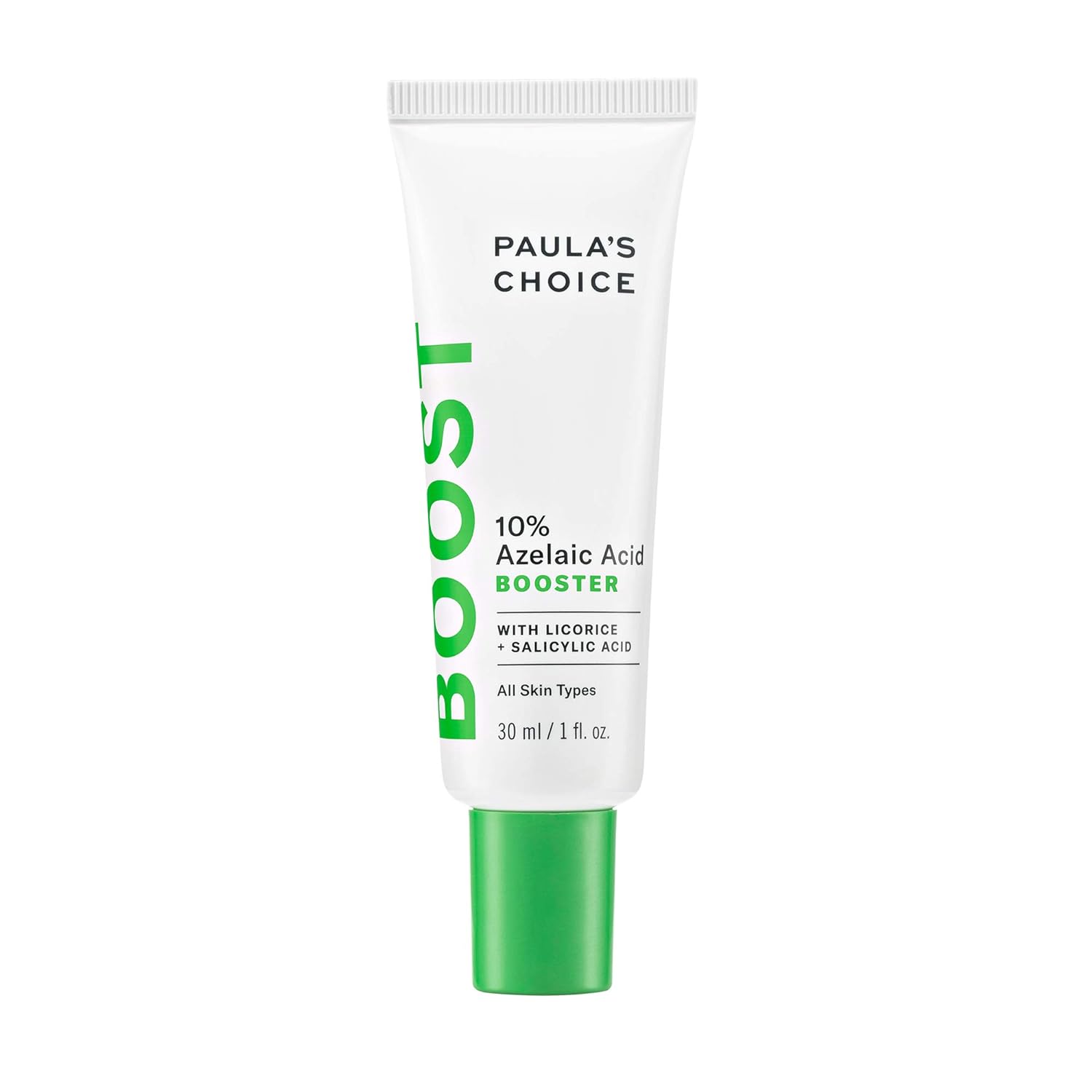
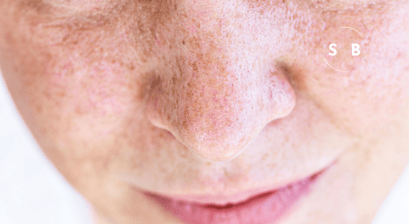
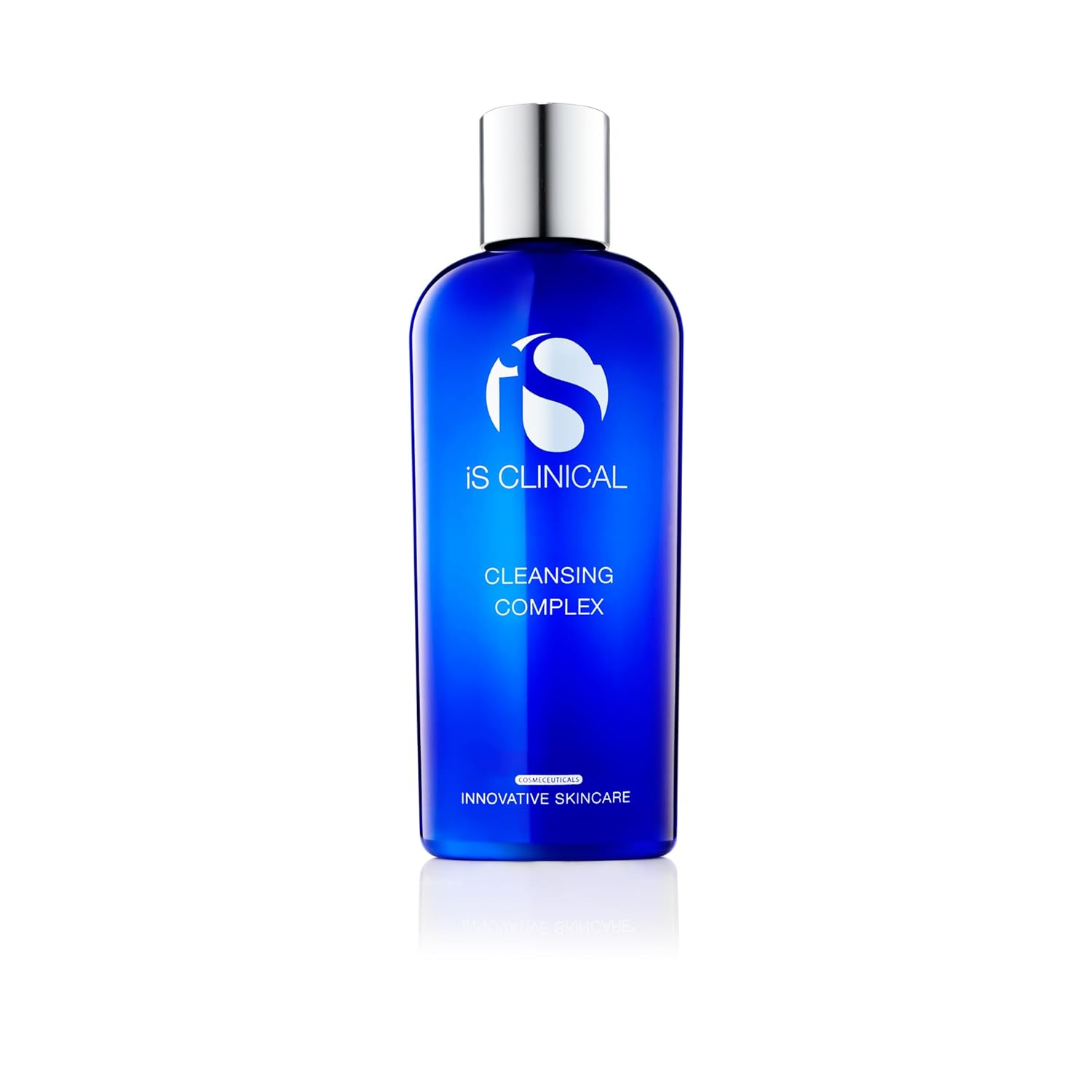
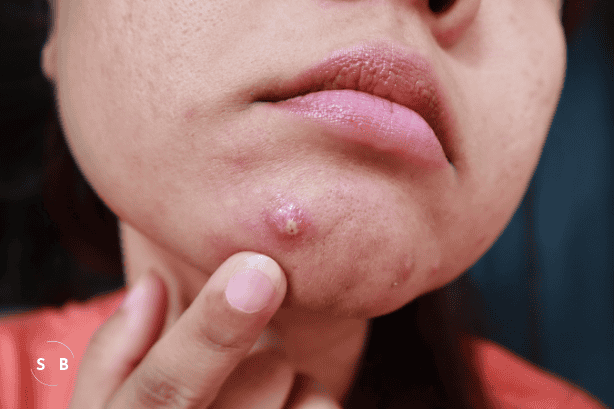
Leave a Reply